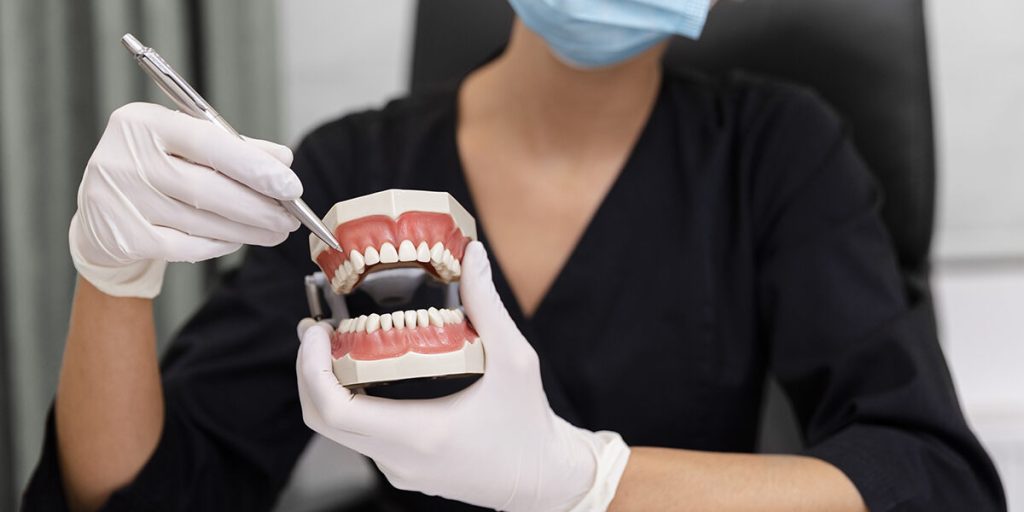In your mouth, a story unfolds with each tooth. Some teeth shine, while others suffer from cavities and damage. Restorative dental care helps fix and protect these teeth, ensuring your oral health and confidence. From fillings to crowns, these treatments are essential for a healthy smile. You might need an emergency dentist in Brookline during a dental crisis. Quick action can save a tooth or ease pain. It’s good to know your options when unexpected problems arise. Regular check-ups and early treatment help prevent more serious issues later on. You deserve to smile without discomfort or worry. Restorative dentistry not only repairs teeth but also restores your quality of life. By understanding these treatments, you make informed choices for your dental health. Remember, you’re not alone on this journey. Dentists stand by to guide and support you every step of the way.
Understanding Cavities
Cavities are small holes in your teeth caused by decay. Bacteria in your mouth break down sugars, producing acids that erode your tooth enamel. When untreated, cavities can lead to pain, infection, and even tooth loss. Regular dental check-ups and good oral hygiene help prevent cavities. If you notice sensitivity or pain, consult your dentist. They can detect cavities early and treat them with fillings, preventing further damage.
Types of Restorative Treatments
Various treatments exist to restore damaged teeth. Each has its use, depending on the extent of damage and your needs.
- Fillings: Used for small cavities. Dentists remove decay and fill the space with a material like composite resin.
- Crowns: Ideal for larger cavities or cracked teeth. Crowns cover the entire tooth, providing strength and protection.
- Bridges: Replace one or more missing teeth. Anchored to surrounding teeth, they fill the gap and restore function.
- Implants: Replace missing teeth with artificial roots and crowns. They are a permanent solution for tooth loss.
Comparing Treatments
| Treatment | Purpose | Longevity |
|---|---|---|
| Fillings | Repair small cavities | 5-15 years |
| Crowns | Cover and protect teeth | 10-15 years |
| Bridges | Replace missing teeth | 5-15 years |
| Implants | Permanently replace teeth | 20+ years |
When to Seek Help
Pay attention to signs that you may need restorative care. These include tooth pain, sensitivity, visible damage, or missing teeth. Ignoring these issues can lead to more severe problems. If you experience a dental emergency, such as a knocked-out tooth or severe pain, seek immediate help. An emergency dentist can provide the necessary treatment and relief.
The Role of Routine Care
Routine dental care is crucial for preventing the need for restorative treatments. Brush twice a day, floss daily, and visit your dentist regularly. These habits help maintain your oral health and catch issues early. Early intervention can save you time, pain, and expense. Don’t underestimate the power of a simple routine in preserving your smile.
Benefits of Restorative Care
Restorative dental care offers several benefits. It restores function so you can chew and speak without discomfort. It improves appearance, boosting your confidence. It also prevents further damage, preserving your oral health. By addressing issues promptly, you protect both your teeth and overall well-being.
Conclusion
Understanding restorative dental care empowers you to make informed decisions about your oral health. From cavities to crowns, these treatments play a vital role in maintaining a healthy, beautiful smile. Remember, you’re not alone. Dentists are there to help you through every dental challenge. Stay proactive, and keep your smile bright for years to come.

